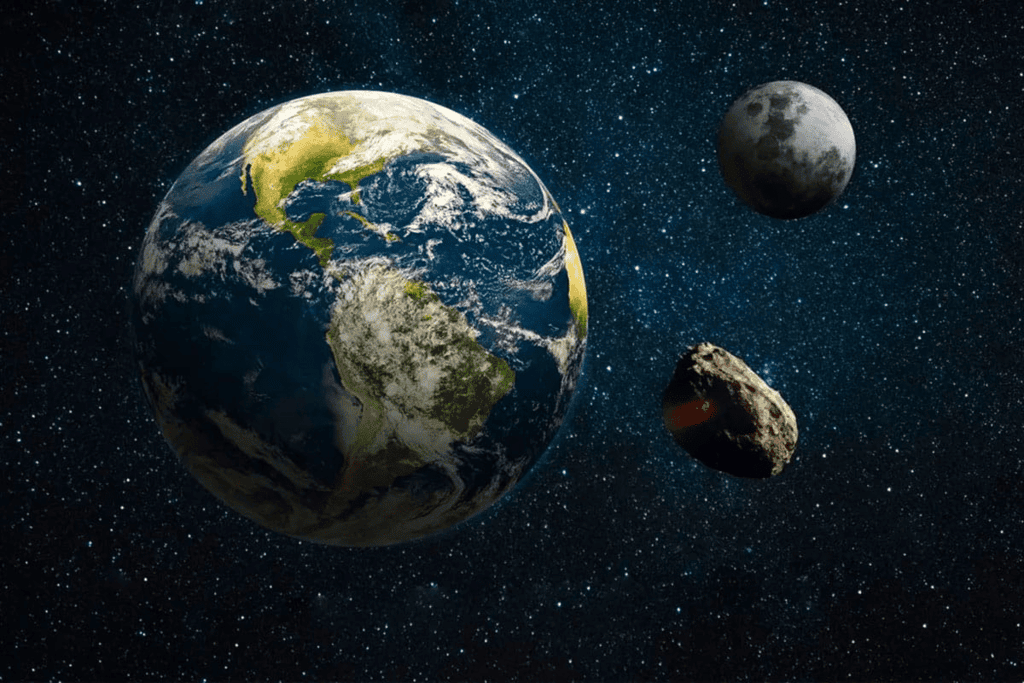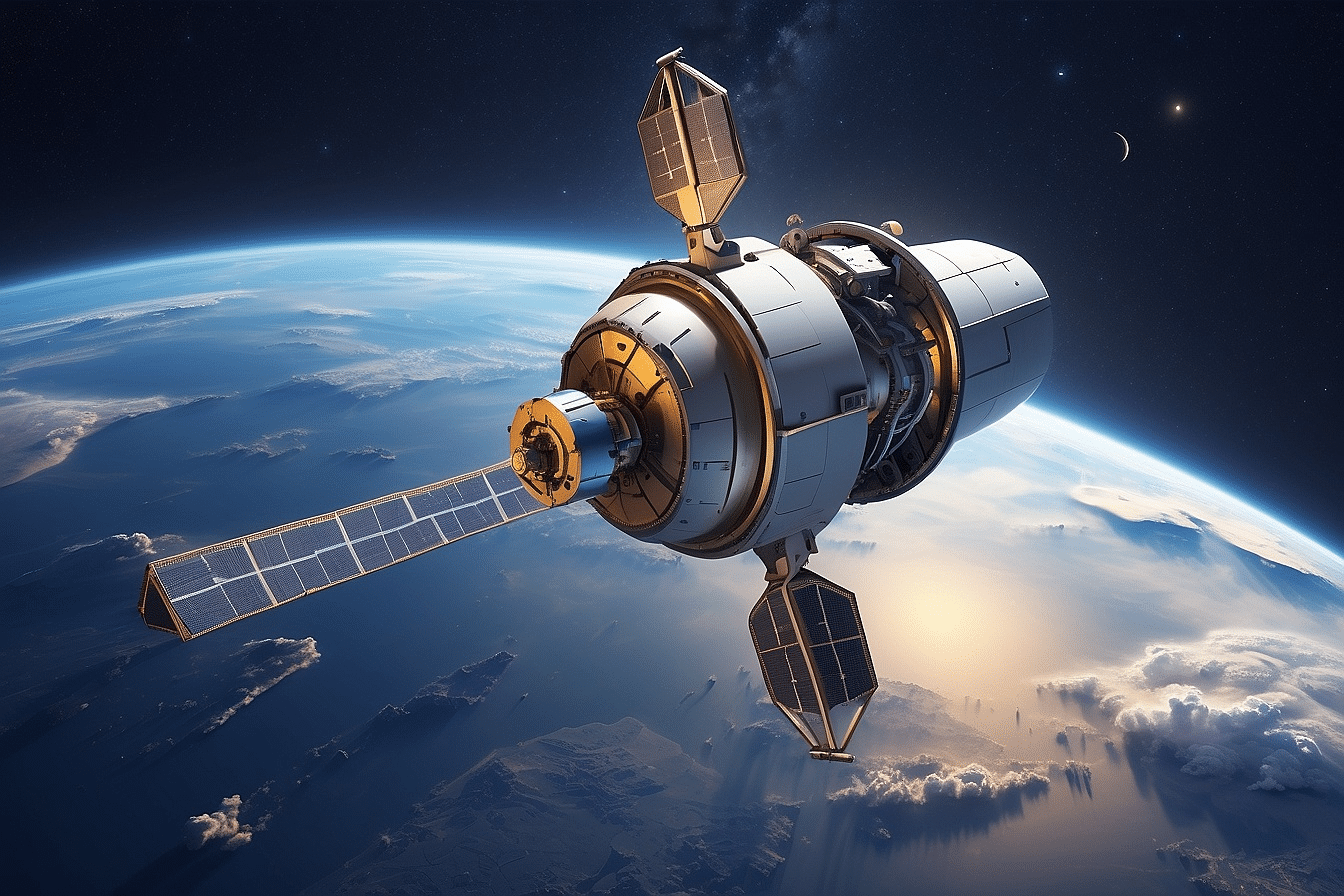Class 5 Science - Earth and its Natural Satellites - CBSE Worksheets - 1
| Table of contents |

|
| Multiple Choice Questions |

|
| Fill in the Blanks |

|
| True or False |

|
| Match the Following |

|
| Answer the Following Questions |

|

Multiple Choice Questions
(i) What is the outer layer of the Earth called?
(a) Mantle
(b) Core
(c) Crust
(d) Atmosphere
(ii)Which gas is NOT a main component of the Sun?
(a) Hydrogen
(b) Helium
(c) Oxygen
(d) Nitrogen
(iii) How thick is the Earth's crust beneath the ocean floor?
(a) 5 kilometers
(b) 30 kilometers
(c) 70 kilometers
(d) 2900 kilometers
(iv) What causes high tides in the ocean?
(a) Sun's heat
(b) Moon's gravity
(c) Wind patterns
(d) Earth's rotation
(v) Which is the first artificial satellite launched by India?
(a) GSAT-15
(b) Aryabhata
(c) EDUSAT
(d) Chandrayaan-1
Fill in the Blanks
(i) The ______ is the hottest part of the Sun.
(ii) The Moon takes about ______ month to go around the Earth.
(iii) The ______ is the layer of air that surrounds the Earth.\
(iv)The Earth's crust can be as thick as ______ kilometers under the continents.
(v) _________ are used for weather forecasting and transmitting signals.

True or False
(i) The inner core of the Earth is made up of liquid iron and nickel.
(ii) The Moon has its own light source.
(iii) A total solar eclipse occurs when the moon completely blocks the sun.
(iv)Tides are affected only by the moon's gravity.
(v) The corona is a thick layer of air around the sun.
Match the Following
| Column A | Column B |
| 1. Lunar Eclipse | A. Man-made object orbiting Earth |
| 2. Core | B. A phase where the Earth is between the Sun and Moon |
| 3. Artificial Satellite | C. The innermost layer of the Earth |
| 4. Tides | D. The rise and fall of ocean water levels |
| 5. Apollo 11 | E. First spacecraft to land on the Moon |
Answer the Following Questions
(i) What is the core of the Sun responsible for?
(ii) Describe the internal structure of the Earth.
(iii) How do tides occur due to the Moon?
(iv) What are the effects of a solar eclipse?
(v) What is the significance of Chandrayaan-1?
You can access the solutions to this worksheet here.
|
42 videos|380 docs|45 tests
|
FAQs on Class 5 Science - Earth and its Natural Satellites - CBSE Worksheets - 1
| 1. What is the definition of a natural satellite? |  |
| 2. How many natural satellites does Earth have? |  |
| 3. What are the key differences between natural and artificial satellites? |  |
| 4. How does the Moon affect Earth's tides? |  |
| 5. What are some other examples of natural satellites in our solar system? |  |





















